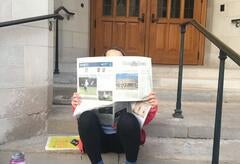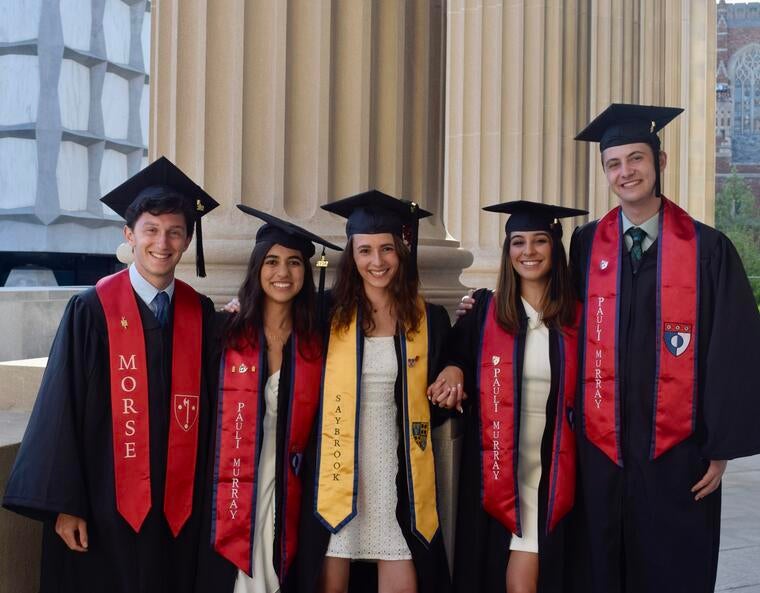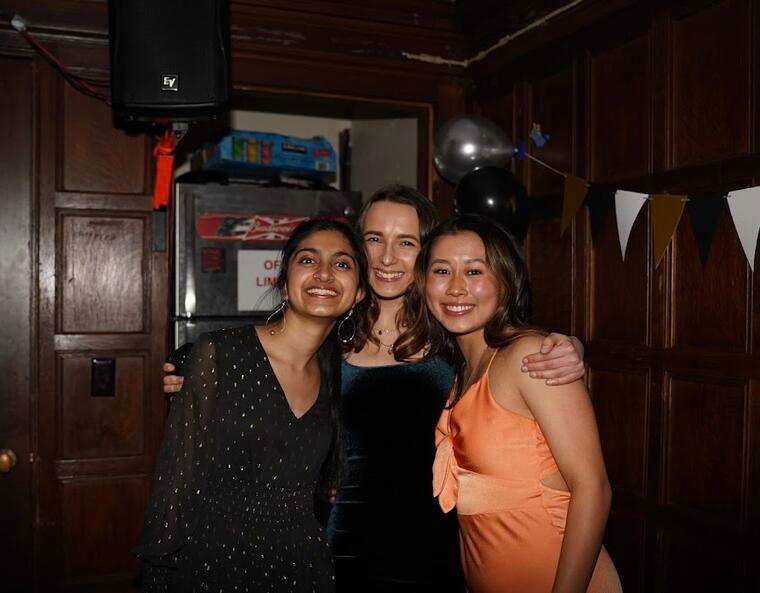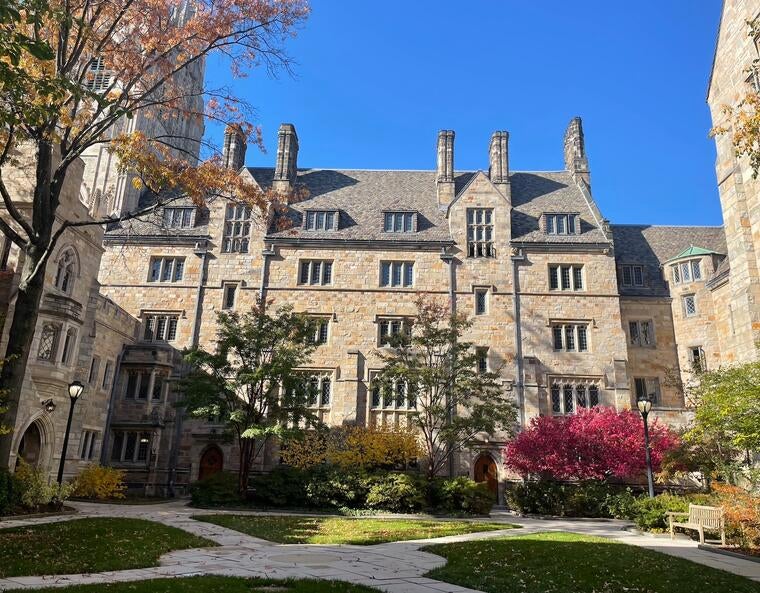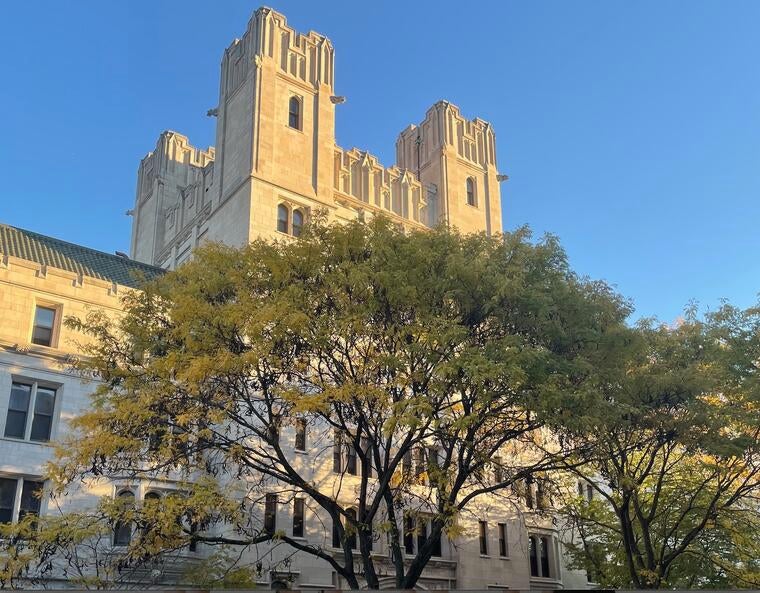
One of my favorite parts about Yale is the world-class museums and galleries scattered across campus, all within a few minutes’ walking distance from each other. Seeing a Van Gogh painting, a Gutenberg bible, and a complete fossilized dinosaur skeleton all in one day is (theoretically) possible here.
Four hallmark collections at Yale are the Yale University Art Gallery (YUAG), the Center for British Art (see my post about it here!), the Peabody Museeum of Natural History, and the Beinecke Rare Book and Manuscript library. While portions of the collections are all on display in their respective galleries, literally thousands of other pieces lie in storage, from which they can be retrieved by practically any Yale student or professor for study. Many classes, ranging from art history lectures to biology labs, take advantage of these collections. What better way to learn about something than to experience it for yourself?!
A few weeks ago, I did just that for my art history seminar (hello, liberal arts education!), which is titled Russian Style: Material Culture & the Decorative Arts in Imperial Russia. In class, we studied Russian objects from the anthropology collection at the Peabody Museum. Using objects ranging from a printed cotton robe to painted wooden spoons, we discussed themes of collecting, curating, and nationalism in 19th-century Russia and beyond.
Being able to interact with these objects–looking at them, picking them up, scrutinizing every detail–added a new level of richness and originality to our discussion. I felt like all five of my senses were fully engaged in our inquiry, and I found myself noticing things like weight, signs of wear, and differences between machine and handmade wares. These details were key in placing the objects in specific historical moments.

The classic Russian nesting doll, un-nested
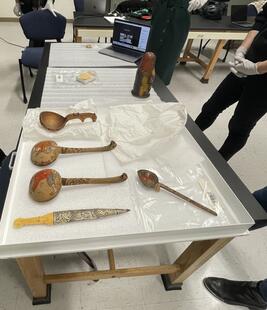
Beautiful spoons reflecting Russian folk art
In discussing a cotton robe, for example, we were able to identify different stitching patterns which indicated that parts of the robe were hand-sewn, while other areas seemed to be sewn mechanically. We also noticed that the robe was created using both cheaper printed cotton, which was gaininng prominence in the region at the time, and hand-stiched decorative panels. Investigating this object and many others made for fascinating discussion that would have been nearly impossible to achieve with just an image of the object.
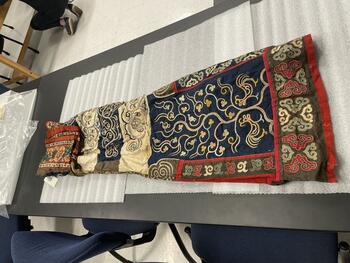
We got to pick up the robe and examine it inside and out!
It’s class days like these that remind me about the things that make Yale a truly special place to be.



